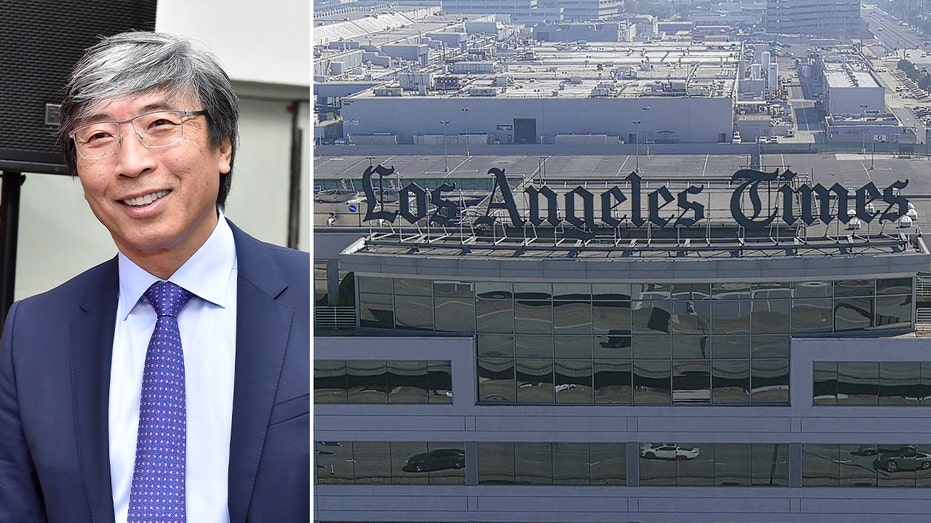Eric Adams follows Donald Trump's tough on crime approach
Former President Donald Trump and New York City Mayor Eric Adams have both embraced the "tough-on-crime" mantra, with Adams' leadership resulting in a dramatic increase in stop-and-frisk stops, which have been shown to have little impact on crime rates and can cause psychological harm to those stopped.

One of former President Donald Trump’s favorite lines of attack against Vice President Kamala Harris is to insist his rival for the presidency is soft on crime.
Trump has long-embraced the “tough-on-crime” mantra. Even though crime is near historic lows, he claims it is out of control and has promised to force police departments nationwide to ramp up their use of the controversial policing technique known as stop-and-frisk.
But in his quest to paint the aggressive use of stop-and-frisk as a key to public safety, Trump has an unwitting surrogate in a vitriolic and close race: New York City's Democratic mayor, Eric Adams. Stops have dramatically increased under Adams’s leadership.
We shouldn’t forget how devastating the rampant use of stop-and-frisk was. Officers have stopped, intimidated and humiliated millions of people over the last two decades. At the height of stop-and-frisk, the NYPD conducted more than 685,000 stops in 2011 alone. Eighty-seven percent of those stopped were Black or Latino.
These stops rarely result in arrests. Few guns or other weapons are ever recovered. But the psychological harms from these stressful interactions with police are well-documented.
A years-long campaign by grassroots activists and legal organizations shined a light on the harms that come from police stopping so many mostly young Black men every day. Then in 2013, Bill de Blasio centered his successful mayoral campaign around reducing the number of stops-and-frisks and he soon delivered.
What followed was a dramatic reduction in crime, proving that there is no link between an increase in stops and a reduction in crime. As recorded stops fell 93 percent between 2011 and 2014, murders and shootings plummeted. Other serious crimes dropped significantly as well.
But today, Adams appears determined to unlearn the lessons of the past.
Under his mayoralty stops are ratcheting up. The NYPD reported 6,110 stops in the first quarter of 2024 and 6,067 during the second quarter. Both quarters reflect the highest number since the second quarter of 2015.
Black and Latino New Yorkers face the majority of these encounters. Only 6 percent of those stopped were white, whereas 59 percent were Black and 32 percent were Latino.
There’s also reason to think stops are being undercounted. A recent report by a federal monitor found that 41 percent of stops go unreported.
As stop-and-frisks have climbed, the number of complaints of NYPD abuse has also vaulted upward. Reports of NYPD misconduct have reached their highest level in more than a decade. According to data from the Civilian Complaint Review Board, the independent NYPD watchdog, New Yorkers made 2,355 complaints against NYPD officers between Jan. 1 and June 1 of this year — the most in that timeframe since 2012.
As a flood of CCRB complaints poured in, former NYPD Commissioner Edward Caban found ways to prevent officers from being held accountable and repeatedly used his authority to prevent them from facing serious discipline.
Unfortunately, NYPD officers avoiding discipline for abuse is not unique to the Adams administration. A new report by retired New York State judge James Yates found that, over the last decade, NYPD commissioners regularly reduced discipline recommended by the CCRB for officers who improperly stopped and frisked people.
The stop-and-frisk increase appears calibrated to burnish Adams’s tough-on-crime image with some voters. But based on the mayor’s approval ratings — which were abysmal even before he was indicted — it’s safe to conclude this approach isn’t working for him. Recent data points to one reason why.
Polling we conducted with Lake Research Partners shows that even battleground voters want solutions — like tackling the root causes of crime by investing in affordable housing, mental health treatment, quality schools and good jobs — more than they want tough-on-crime policies. These solutions-oriented messages were preferred by 71 percent of survey respondents and they also appeal to voters in battleground districts across the country.
But Adams has shown little appetite for solutions that go beyond throwing police at every problem. His budget proposals failed to fully fund early childhood education, libraries, mental, maternal and physical health care, and much more. These are the types of investments that are critical to target the root causes of crime.
It’s clear that Adams and Trump share political instincts when it comes to public safety. By following the fearmongering playbook to justify stop-and-frisk and ignoring other crime-fighting, public health and social safety net solutions to social problems, Adams is choosing a Trumpian path that benefits the former president more than his fellow New Yorkers or the rest of the country.
Donna Lieberman is the executive director of the New York Civil Liberties Union, the ACLU of New York State.



